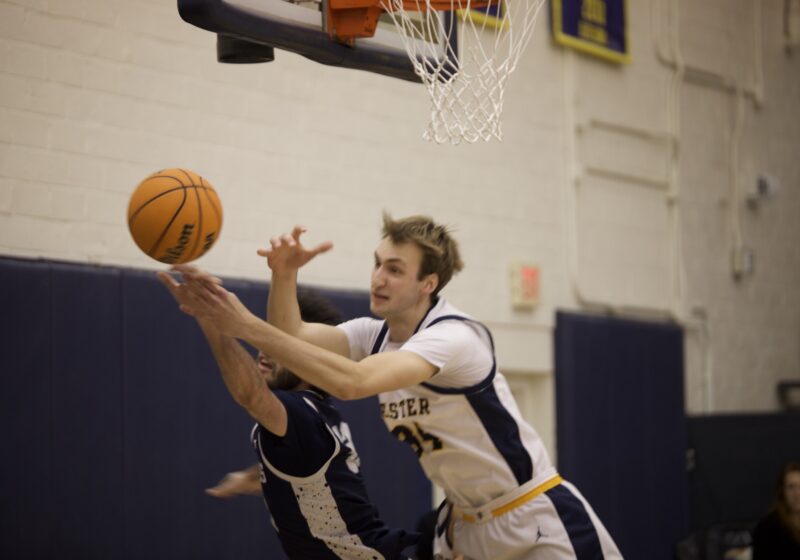In one of the last steps to finalize the University of Rochester’s partnership with East High School, the Rochester City School (RCSD) Board approved the budget for the money needed to implement UR’s plans for East High on Thursday, Jan. 29.
The University will serve as East High’s Educational Partnership Organization (EPO), meaning that UR will lead East in its efforts to improve school performance and that East High will now have its own district.
East, which had been deemed persistently failing by New York State, had been given five choices. Warner School of Education Professor Joanne Larson, who chairs the UR/East High School Collaboration’s Family and Community Partnership Committee, explained, “They could close; they could phase in and phase out, which they’ve tried a bunch of times and it hasn’t worked; they could convert to a charter; they could be taken over by SUNY; or they could do an educational partnership organization.”
RCSD President Van White reached out to Warner faculty and asked whether UR would work with East High as an EPO.
“When they asked us to do this, we did not feel that we were the right organization to do it because we don’t have the apparatus–the capacity–to do that work in addition to what we do at the University,” said Warner Professor Stephen Uebbing, who will act as East High’s new superintendent. White persisted, however, and asked several more times for the UR’s cooperation.
Larson recalled that UR President Joel Seligman “was brought in on the conversation, and it’s really his decision because it’s not just the Warner School,” and that after numerous conversations with the New York State Education Department, Seligman agreed to the plan.
Uebbing noted that while they initially had some reservations, “We now have approval from all parties and we’re waiting for the very final approval from the State Education Department.”
East High is Rochester’s largest public high school with around 1600 students, and it offers a comprehensive curriculum, distinguishing it from the many smaller focus schools in the area. Attendance is low at around 80 percent. Larson, who spoke with parents, students, drop-outs and many other community members, observed “a discourse of failure and deficit.”
“I haven’t met a parent who didn’t care or a kid who wasn’t amazing,” she said.
To help address the school’s problems, Uebbing created a leadership team based on a New York State assessment tool for deciding whether schools are failing. He formed six committees, one for each of the six tenets on the rubric, with the standard “Exceeds Expectations” as their goal.
Though Warner faculty and staff chair those six committees, Larson emphasized that “it is a full University commitment; it’s not just the Warner School. We’re leading it in that sense, but there’s a lot of opportunity.”
For example, she observed that many East High students identified health careers as a key area of interest. She and Uebbing mentioned the possibility of a medical careers program at East High with help from UR Medicine. Other possible programs could include a business program with the Simon School or a revival of East High’s music program with help from the Eastman School of Music.
Larson added, “We’ll run it by the East High community. We don’t want to just do stuff at them; we want to make sure it benefits them, that they’re interested, that students want to participate, that teachers don’t feel overburdened.”
As for the involvement of UR students, she said, “the potential is incredible. I really want undergrads in all the potential majors to have an opportunity to go there.”
Uebbing noted, “We’re hoping for widespread student support. This is important work. We’re hoping students will step up.”
Lai is a member of
the class of 2018.



